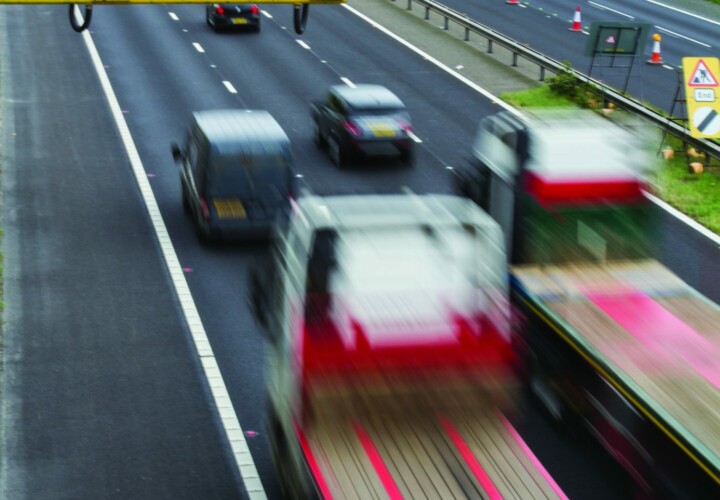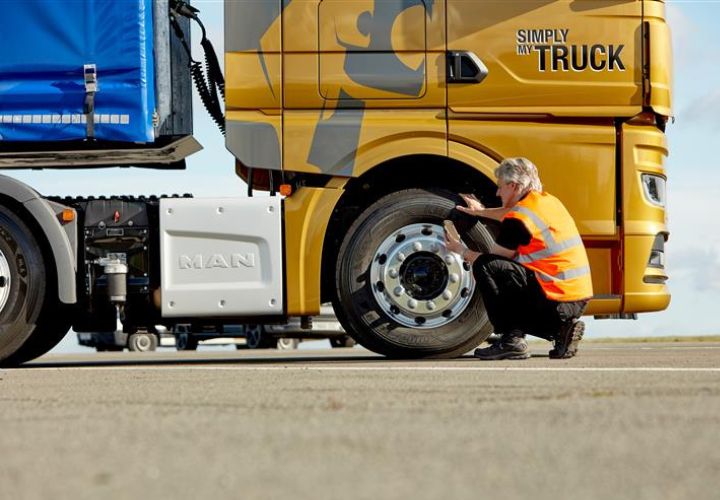New rules provisionally agreed by the EU mean that speed limiters will become mandatory for all vehicles sold in Europe from 2022. Although Britain may no longer be part of the EU when the rules come into effect, The Department for Transport says that it will mirror safety standards for vehicles in the UK.
Safety campaigners have hailed the move as one of the biggest leaps forward in 50 years and hope that this mandatory speed limiting technology – called ‘Intelligent Speed Assistance’ (ISA) – will revolutionise road safety.
‘The EU estimates that the plan could help avoid 140,000 serious injuries by 2038 with the ultimate aim of cutting road deaths to zero by 2050.’
In addition to ‘Intelligent Speed Assistance’ (ISA), the safety measures approved by the European Commission also include automated emergency braking, electronic data recorders, and improved visibility built into lorries for drivers to see vulnerable cyclists and pedestrians.
The speed limiter device uses GPS data and sign recognition cameras to compute speed limits and will then issue a warning and automatically slow the vehicle down if it is exceeding the local limit. However, drivers will be able to override the device by pushing down hard on the accelerator, a fact that has reassured some motoring groups who have argued that speeding can prove to be a safer option in certain circumstances, for example, when vehicles speed up to overtake another vehicle.
Volvo, which has long held a reputation for prioritising road and driver safety, became the first carmaker to recently announce it will limit the top speed of its new cars to 112mph from 2020 in an attempt to reduce the number of accidents.
‘An increase in average speed is directly related both to the likelihood of a crash occurring and to the severity of the consequences of the crash. For example, every 1% increase in mean speed produces a 4% increase in the fatal crash risk and a 3% increase in the serious crash risk. The death risk for pedestrians hit by car fronts rises rapidly (4.5 times from 50 km/h to 65 km/h)’ [1]
Other measures agreed by the EU include making data recorders mandatory to help investigate vehicle crashes and assist research into increased safety with a lane departure warning system (which is already standard in some cars) also becoming obligatory.
The package of proposed measures needs to be ratified by the European parliament, which is likely to happen by September.
[1] World Health Organisation factsheet road traffic injuries




